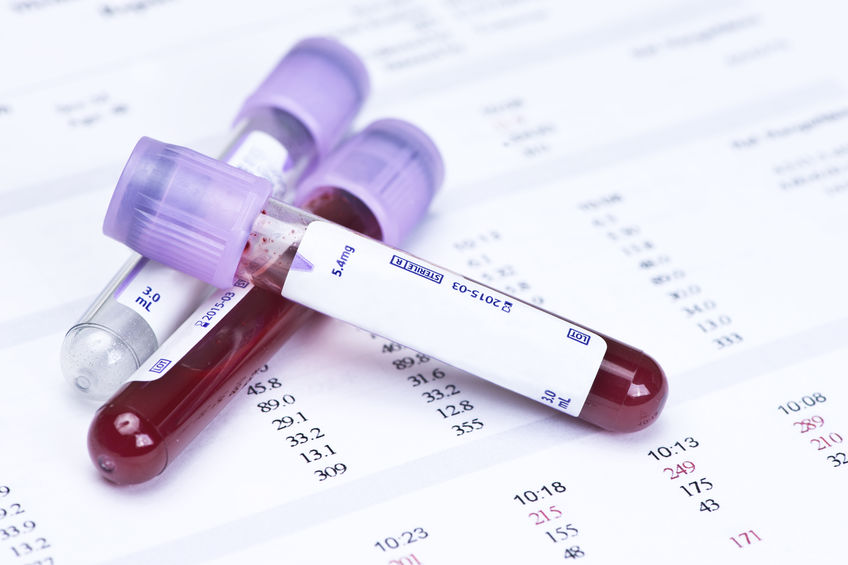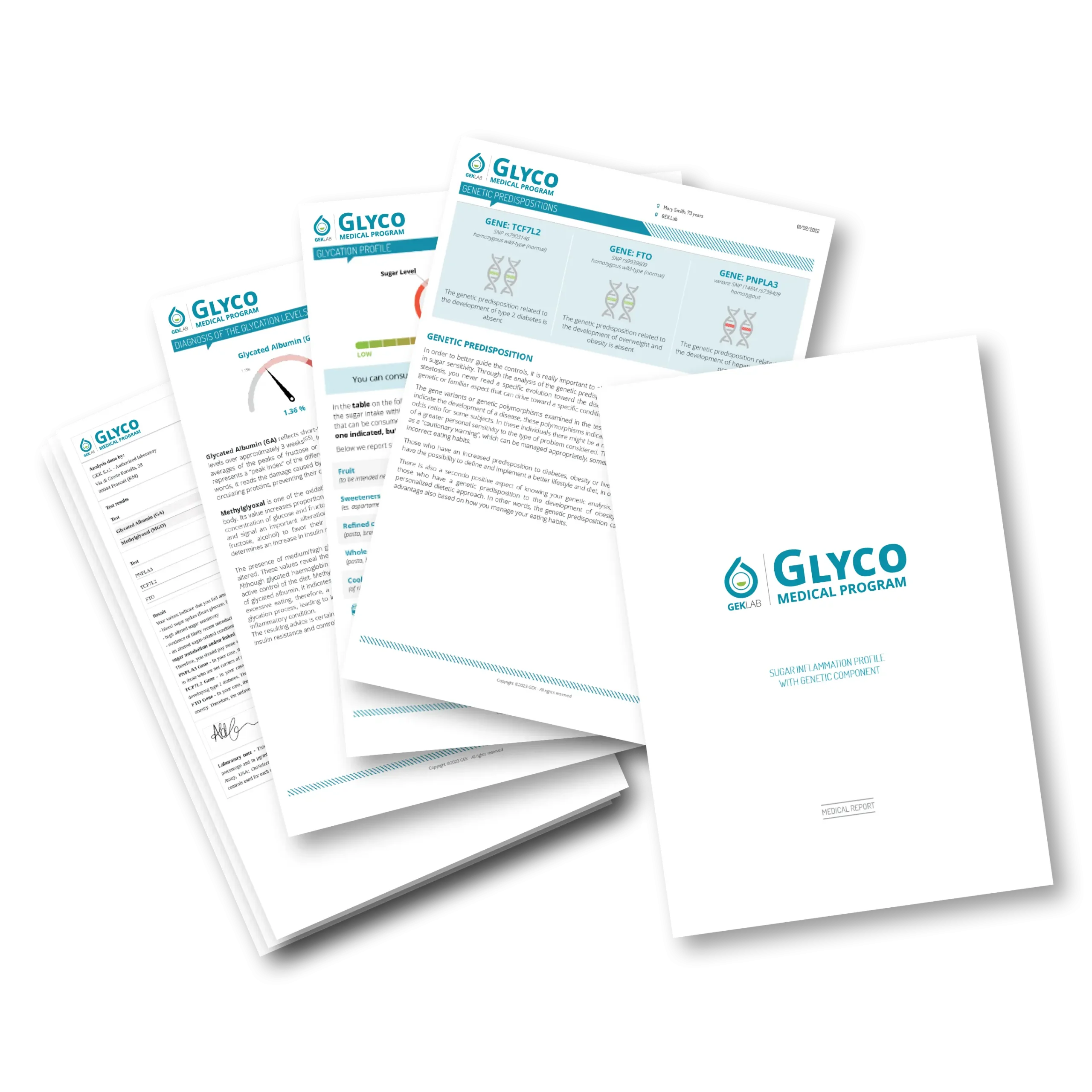
When we talk about sugar-related damage, the first connection that comes to mind is certainly with diabetic pathology.
From 2000 to the present day, the number of people with diabetes has increased by 60%, a worrying trend considering that one in four people is unaware of being affected.
It is also estimated that 15.6% of the Italian population is already pre-diabetic, and the size of the phenomenon, if not addressed promptly, is destined to increase, further burdening public healthcare spending.
Metabolic disorders related to sugar metabolism need to be addressed, especially when there are clear signs.
The disorders and symptoms experienced in the presence of early sugar-related damage can be multiple and not limited to the potential development of diabetes.
Glycated albumin is an innovative marker that allows investigation into the presence of early sugar-related damage within the body.
Weakening of the immune system, unexplained fatigue, frequent mood swings, feeling of foggy-headedness, or chronic cystitis, atopic dermatitis, allergic-like reactions without an apparent allergological cause, non-alcoholic fatty liver disease, etc. are disorders that affect an increasing number of people.
These disorders have a well-documented relationship with sugar-related damage processes generated by an unbalanced diet and a sedentary lifestyle.
How can we prevent sugar metabolism disorders?
Glycated albumin is an innovative marker that allows investigating the presence of early sugar damage within the body.
Albumin is the most abundant protein present in the circulatory system; however, when it is “glycated,” it means that the sugar present in the bloodstream has “glazed” it.
The “glycation” process represents the “attack” of a sugar on a molecule. A “sugared” albumin represents an altered protein and, based on its accumulation, allows understanding the average level of exposure to excess circulating glucose. Since albumin is a circulating protein, it is extremely sensitive to glucose fluctuations.
In contrast, glycated hemoglobin is “shielded” by the membrane of red blood cells and therefore more protected. Therefore, glycated hemoglobin is less sensitive to sudden glucose fluctuations, reflecting an average value, but when it is high, the damage has persisted for a long time.
This is why it is necessary to consider new markers to identify early sugar damage. Frequently, values of glycated hemoglobin absolutely within the norm hide relevant values of glycated albumin and therefore the presence of sugar damage that must be more closely monitored.
From the capillary sampling, it is possible to measure the values of glycated albumin as a percentage of the total.
Glycated albumin values above 1.15% already indicate caution and attention in the way one eats.
Unbalanced meals, too rich in refined carbohydrates, or excessive and often unaware consumption of sugars, sweeteners, and alcoholic beverages can cause greater glycemic fluctuations and a high value of glycated albumin.
Measuring and knowing if there is sugar damage allows anyone to improve their diet to stay healthy without unnecessary and harmful dietary restrictions.
The PerMè Medical Program, the Glyco Medical Program, and screening allow you to detect the potentially harmful effects of sugars (such as fructose, glucose, maltose, sorbitol, galactose, and others) and alcohol in advance and measure the response to nutritional changes.
By the Scientific Editorial Team at GEK Lab





